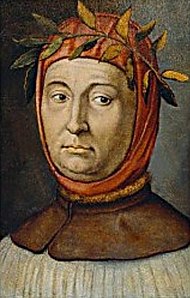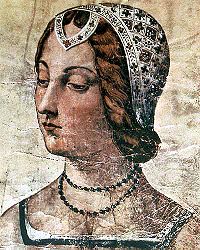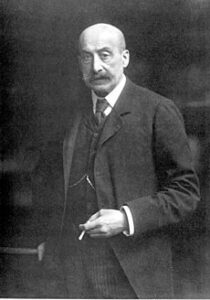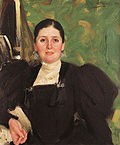Dear Zazie, Howzit goin’? Same here. Git some early porch time in before the day heats up. Tend to the chores. Maybe go down to the swimmin’ hole. Cook up somethin’ good. Drink some mezcal. Do some readin’ and writin’. The life of a cowboy poet. Here is today’s Lovers’ Chronicle from Mac Tag to his muse. Follow us on twitter @cowboycoleridge. Well, the last line, “For he makes a fine end who dies loving well.”, certainly makes me pause to reflect. What do you think? And, I love the song of the day; even if, even if I am no good at forgiveness! Be good, Rhett
The Lover’s Chronicle
Dear Muse,
© copyright 2020 mac tag/cowboy coleridge all rights reserved
© copyright 2019 mac tag/cowboy coleridge all rights reserved
“And you,
how do you survive?”
i take pleasure
in great beauty
now in the twilight
this is enough
for it must be
this vision
this pursuit
these words for you
this can be counted on
and not taken away
© copyright 2018 mac tag/cowboy coleridge all rights reserved
“Have you known
unrequited love?”
oh yes, several
one might say
it is my speciality
it is perhaps
the best of all
the loves for me
one could argue
that my entire
output of verse
is an “Il Canzoniere”
for the Laura’s
i have known
in my youth
i struggled constantly
with the notion that the one
was out there waitin’ for me
i would still be strugglin’
had not repeated heartbreak,
bitter but salutary for me,
extinguished the coolin’ flames
© copyright 2017 mac tag/cowboy Coleridge all rights reserved
| Petrarch | |
|---|---|
 |
|

On 6 April 1327, after Petrarch gave up his vocation as a priest, the sight of a woman called “Laura” in the church of Sainte-Claire d’Avignon awoke in him a lasting passion, celebrated in the Rime sparse (“Scattered rhymes”). Later, Renaissance poets who copied Petrarch’s style named this collection of 366 poems Il Canzoniere (“Song Book”). Laura may have been Laura de Noves, the wife of Count Hugues de Sade (an ancestor of the Marquis de Sade). There is little definite information in Petrarch’s work concerning Laura, except that she is lovely to look at, fair-haired, with a modest, dignified bearing. Laura and Petrarch had little or no personal contact. According to his “Secretum”, she refused him because she was already married. He channeled his feelings into love poems that were exclamatory rather than persuasive, and wrote prose that showed his contempt for men who pursue women. Upon her death in 1348, the poet found that his grief was as difficult to live with as was his former despair. Later in his “Letter to Posterity”, Petrarch wrote: “In my younger days I struggled constantly with an overwhelming but pure love affair – my only one, and I would have struggled with it longer had not premature death, bitter but salutary for me, extinguished the cooling flames. I certainly wish I could say that I have always been entirely free from desires of the flesh, but I would be lying if I did”.
Laura
Sonnet 227
| Original Italian | English translation by A. S. Kline |
|---|---|
|
Aura che quelle chiome bionde et crespe tu stai nelli occhi ond’amorose vespe ch’or me ’l par ritrovar, et or m’accorgo Aër felice, col bel vivo raggio |
Breeze, blowing that blonde curling hair, you linger around bright eyes whose loving sting now I seem to find her, now I realise Happy air, remain here with your |
Love, who lives and reigns in my thought and keeps his principal seat in my heart, comes like an armed warrior into my forehead, there places himself and there sets up his banner. She who teaches me to love and to suffer and who wishes that reason, modesty and reverence should restrain my great desire and burning hope, thrusts aside and disdains our ardour. Wherefore Love in terror flies to my heart, abandoning all his enterprise, and laments and trembles; there he hides himself and no more appears without. What can I do, when my lord is afraid, except stay with him until the last hour? For he makes a fine end who dies loving well.
Gallery

in 1904





-

The Studio of the artist, 1902
-

Two Riders on the Beach, 1901
-

Riding Donkey at the Seashore, 1900
-

Restaurant Terrace in Nienstedten, 1902
-

Boys Bathing, 1898
-

Allée in Overveen, Netherlands, 1895
-

Portrait of President von Hindenburg (1927)
-

Die Rasenbleiche
-

Sampson and Delila, 1902
For the song of the day, Don Henley – “The Heart of the Matter”
Always,
Mac Tag

No Comments on "The Lovers’ Chronicle 20 July – extinguish – verse by Petrarch – art by Max Lieberman"